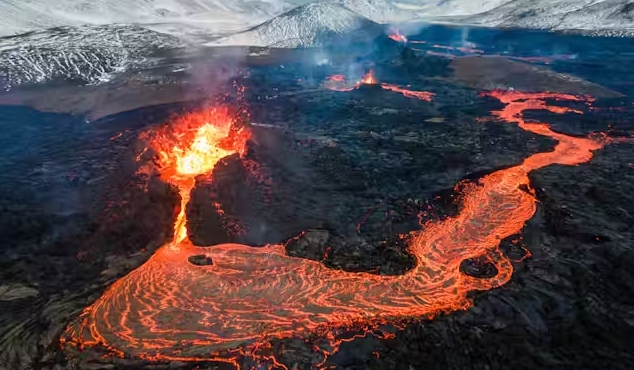Volcanoes have fascinated mankind for centuries, with their fiery eruptions and towering peaks. But have you ever wondered how these natural wonders are formed?
Formation of Magma Chambers
Volcanoes are formed when molten rock, or magma, rises from beneath the Earth’s surface. This magma collects in underground chambers known as magma chambers, where it slowly builds up pressure over time.
Magma Movement
As the pressure in the magma chamber increases, the magma begins to move upwards towards the surface. This movement is often caused by the tectonic plates shifting and creating cracks in the Earth’s crust, allowing the magma to escape.
Eruption and Formation
When the magma reaches the surface, it erupts in a spectacular display of hot ash, rock, and gases. This eruption can form new landforms, such as lava flows, cinder cones, and volcanic peaks.
Types of Volcanoes
There are different types of volcanoes, depending on the type of eruptions they produce. Some volcanoes, like shield volcanoes, have gentle, flowing eruptions, while others, like stratovolcanoes, have explosive eruptions.
Location of Volcanoes
Volcanoes are typically found along tectonic plate boundaries, where the Earth’s crust is the most unstable. The Ring of Fire, a horseshoe-shaped region in the Pacific Ocean, is home to over 75% of the world’s active volcanoes.
Conclusion
In conclusion, the birth of volcanoes is a complex and fascinating process that involves the movement of molten rock from deep within the Earth to the surface. By exploring how and where volcanoes are formed, we can gain a greater understanding of these powerful natural phenomena.

